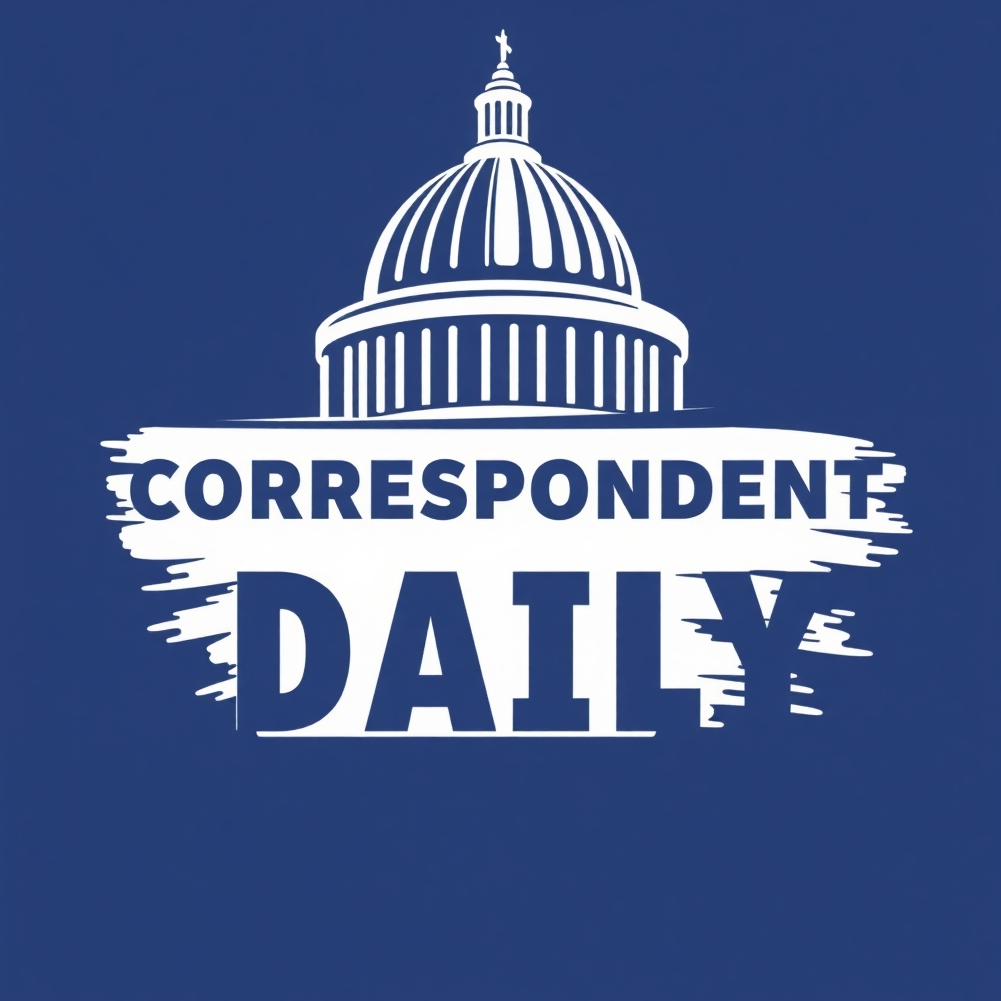
Unfiltered Violence: The Consequences of Oversight on Social Media
The tragic shooting of Charlie Kirk at Utah Valley University is a stark reminder of the potential dangers posed by unchecked content moderation policies on social media platforms. As videos of the incident rapidly spread across TikTok, Instagram, and X, it raised critical questions about the effectiveness of content moderation in our increasingly digital landscape.
Death Captured: The Role of Algorithms in Content Distribution
Seconds after the shooting, videos showing the horrific act proliferated online, often devoid of content warnings. This lack of safeguards demonstrates a significant shortfall in the platforms’ responsibilities. Each video that made its way into millions of feeds strikingly showcased Kirk's final moments, profoundly affecting viewers who encountered it without any prior warning. These moments were not merely clips; they represented the culmination of a gross oversight in what is deemed acceptable to circulate.
The Erosion of Human Moderation: A Deeper Look at Policy Loopholes
In recent years, social media platforms have dramatically scaled back their human moderation efforts, relying heavily on AI to combat harmful content. This transition has created vacuum policies where graphic content can slip through under the guise of 'allowable violence.' According to Alex Mahadevan from the Poynter Institute, the absence of robust safety protocols is evident as “it is absolutely impossible to take down or add warnings to all of these horrific videos.”
Understanding Platform Priorities: The Algorithm vs. Ethics
The conflict between user engagement metrics and ethical content moderation is palpable. Today’s algorithms are designed to promote virality, not necessarily consider the consequences of their reach. Martin Degeling noted that a clip of the incident garnered over 17 million views due to the algorithm's propensity to surface sensational content, highlighting an ethical battle users rarely engage with directly. Can social media companies recalibrate their algorithms to prioritize user safety over viral engagement?
Immediate Implications and the Broader Context of Violence
The context of Kirk's shooting encapsulates a growing trend of violence against public figures, particularly within politically charged environments. As tensions rise in divisive political climates, the exposures seen through platforms become paramount in understanding a shifting landscape where violence is not just reported—it's consumed. Each view of Kirk’s incident across social media serves as a reminder of the fine line between news reporting and glorified violence.
Future Trends: Will Policy Change?
As society faces the rippling effects of these incidents, future discussions on social media policy are inevitable. Engaging in conversations around ethical content distribution and the efficacy of AI moderation tools requires the involvement of tech companies, regulators, and users alike. Maintaining user safety in an era defined by fast-paced content sharing will demand a unified effort to innovate policy and technology, ensuring that accountability doesn’t get lost in the race for views.
As this incident gives rise to discussion around content moderation, it becomes clear that technology must advance responsibly to protect consumers from exposure to distressing events. Only by addressing the gaps in real-time responses and moderation practices can social media platforms hope to create a safer, more aware digital environment.
Take Action: Engaging Safely Online
In light of this increasingly turbulent landscape, it is crucial for users to remain vigilant. Active involvement in discussions about social media policies can pave the way for making platforms safer for everyone. Advocating for robust content moderation can help hold social media companies accountable and promote a more positive engagement experience online.
 Add Row
Add Row  Add
Add 




Write A Comment